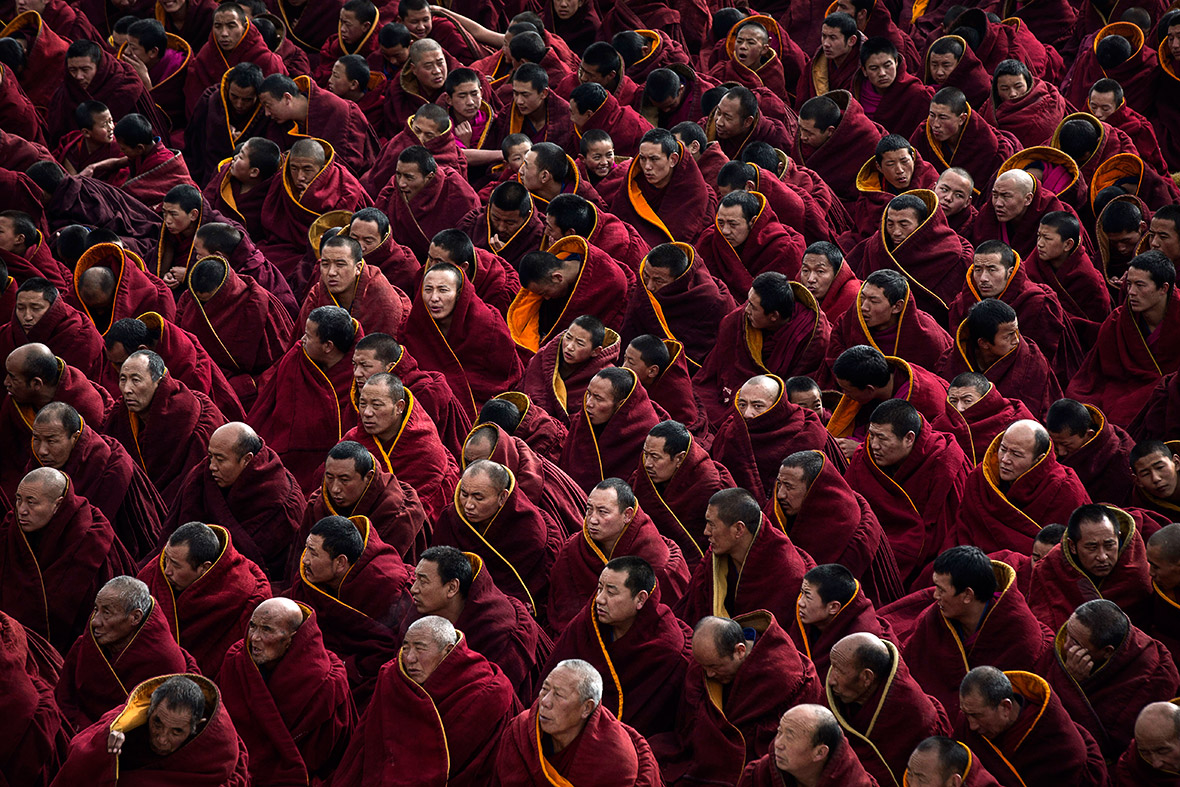In the journey of spiritual development within Mahayana Buddhism, the practice of the Six Paramitas plays a crucial role in nurturing the qualities necessary for achieving enlightenment, not just for oneself but for the benefit of all beings.
Among these practices, the third Paramita—Patience, or Khanti—stands out for its profound transformative potential in our interactions and inner life. As articulated by Venerable Khenpo Rinpoches, patience is far more than merely waiting calmly; it’s about cultivating a steadfast, open-hearted resilience in the face of adversity and challenging individuals or situations.
The Essence of Patience
At its core, patience is an act of compassion towards oneself and others, serving as a potent antidote to anger and aversion. It invites us to fully embrace the present moment, accepting the reality of our experiences without resistance or the desire for retaliation. This acceptance is not passive; it is an active engagement with life that acknowledges our immediate experience without casting it aside for a preferred future scenario. Thus, patience is inherently linked to being truly present, where peace can be found in the acceptance of ‘what is’ rather than in the restless pursuit of ‘what could be’.
The Harms of Impatience
Impatience, characterized by a rejection of the present in favor of an imagined future, inflicts significant distress on our mental well-being. It breeds agitation, tension, and anger, distancing us from the peace that accompanies patience. By yielding to impatience, we harm ourselves first, entangling our minds in dissatisfaction and discomfort.
Three Facets of Patience
The cultivation of patience is multifaceted, addressing various aspects of our lives and spiritual practice:
- Patience with Adversaries: This form of patience teaches us to navigate our relationships with those we perceive as enemies with wisdom and compassion. It involves refraining from jealousy, resentment, or cruelty, regardless of whether our adversaries are perceived as stronger, weaker, or equal to us. This approach encourages us to transcend petty rivalries and conflicts, fostering a spirit of understanding and tolerance.
- Patience with Hardships on the Path: The spiritual journey is fraught with challenges, and it’s easy to become disheartened by the rigors of practice and the seemingly distant goal of enlightenment. Here, patience is cultivated through a shift in focus from personal attainment to compassionate action for the benefit of others. By persisting in our practices with a heart oriented towards compassion, we nurture the resilience needed to continue our journey with grace.
- Patience with Life’s Inevitabilities: Recognizing the ups and downs of life as expressions of our karma, this aspect of patience helps us to accept and navigate the vicissitudes of existence with equanimity and courage. It’s an acknowledgment that the path to enlightenment encompasses all aspects of life, inviting us to face our responsibilities and challenges with spiritual dignity.
Patience: The Heart of Spiritual Practice
The practice of patience, as outlined by the Venerable Khenpo Rinpoches, is a profound exercise in compassion, presence, and resilience. It challenges us to confront our habitual reactions to discomfort and adversity, offering a path to peace that is both inwardly enriching and outwardly beneficial. In the cultivation of patience, we find the strength to transcend our limitations, embodying the compassionate heart of the Bodhisattva path.




